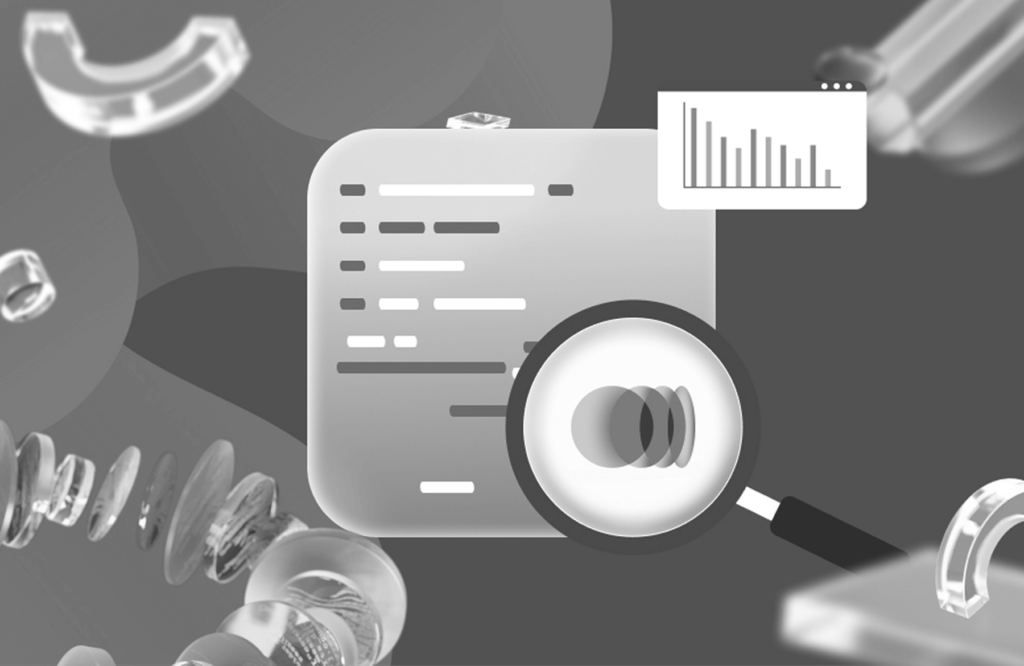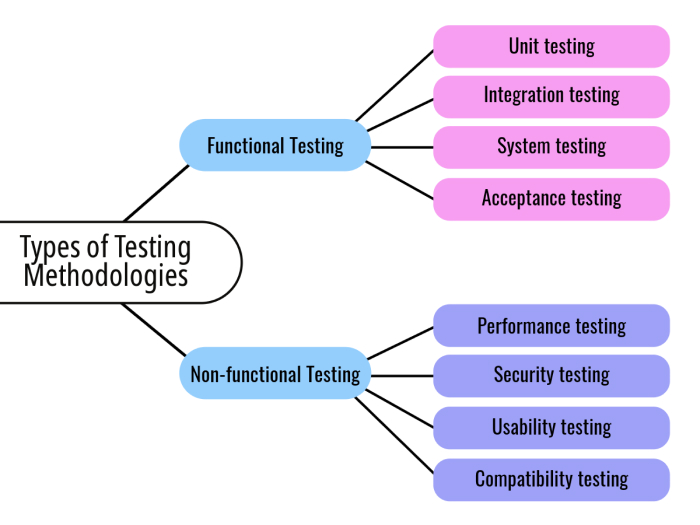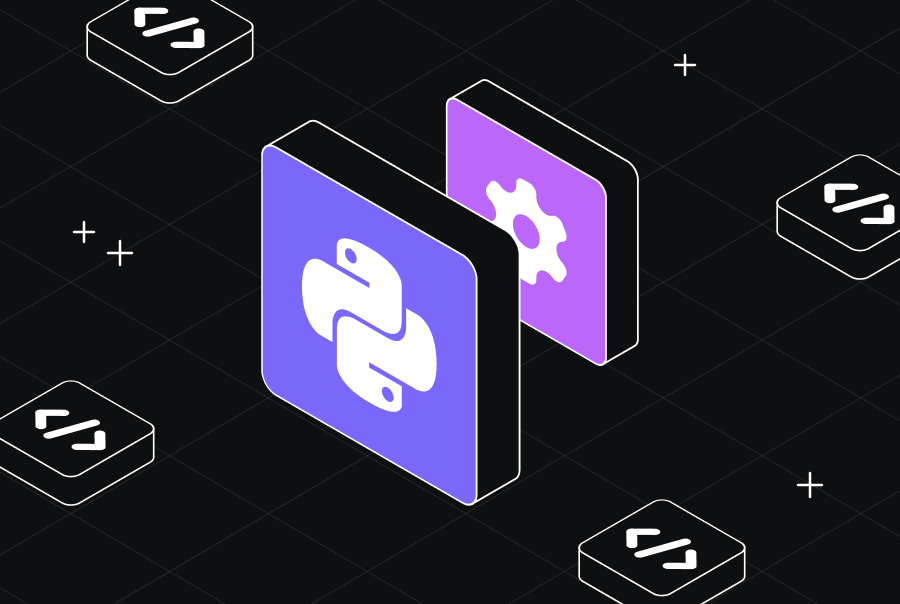Enhancing Software Testing Methodologies for Optimal Results


Introduction
Software testing ensures the delivery of high-quality applications. Without rigorous testing, software products are prone to bugs, security vulnerabilities, and performance issues, leading to user dissatisfaction and potential financial losses. As development cycles shorten with Agile and DevOps practices, efficient and effective testing becomes indispensable. This blog post aims to provide an in-depth look at the software testing methodologies that can enhance your QA efforts. By understanding and implementing these methodologies, you can ensure your applications meet the highest standards of quality and performance.

Understanding Software Testing Methodologies
What Are Software Testing Methodologies?
Software testing methodologies are structured approaches used to validate the functionality, performance, and security of a software application. These methodologies define the processes and techniques testers use to identify defects and ensure the software behaves as expected. They are integral to the Software Development Life Cycle (SDLC), providing a systematic way to test and improve software quality.
Importance of QA Methodologies
Quality Assurance (QA) methodologies are crucial for several reasons:
- Consistency: They provide a consistent approach to testing, ensuring all aspects of the software are examined thoroughly.
- Efficiency: By following a structured methodology, testing becomes more efficient, saving time and resources.
- Risk Management: Methodologies help identify and mitigate risks early in the development process.
- Compliance: For industries with strict regulatory requirements, QA methodologies ensure software meets all necessary standards and regulations.
Exploring Software Testing Models
Various software testing models cater to different stages of the SDLC and types of applications. Here are some of the most widely used application testing methodologies:
Waterfall Model
In the Waterfall model, software development progresses through several distinct phases: Requirements Analysis, Design, Implementation, Verification, and Maintenance. Each phase must be completed before the next one begins.
Testing Approach
The testing process in the Waterfall model starts during the Requirements phase, where all project requirements are thoroughly defined. The test team uses this phase to determine the testing scope, develop a test strategy, and create a detailed test plan. Testing execution only begins after the software design is complete. The team then runs test cases to ensure the software functions as expected. In this model, the testing team moves to the next phase only after the current phase is fully completed.
Advantages
- Simple to plan and manage, making it ideal for projects with clearly defined and stable requirements.
- Each phase has specific deliverables, ensuring clear milestones and structured progress.
Disadvantages
- Inflexible to changes; the next phase can only start after the previous one is finished, making it difficult to accommodate unexpected changes.
- Not suitable for projects where requirements may change frequently, as it does not support iterative feedback and adjustments.
Agile Model
Traditional software development methods assume that requirements remain constant throughout the project. However, with increasing complexity, requirements often change and evolve. Agile methodology addresses this by developing software in incremental, rapid cycles. It emphasizes interactions among customers, developers, and clients over strict processes and tools, focusing on adaptability and responsiveness to change.
Testing Approach
Agile development employs incremental testing, where each project release is thoroughly tested. This ensures that any bugs are fixed before the next release, maintaining a high level of software quality throughout the development process.
Advantages
- Flexible to changes, allowing modifications at any project stage to meet evolving requirements.
- Incremental testing reduces risks by ensuring that issues are identified and addressed promptly.
Disadvantages
- Continuous client interaction can create time pressure for all stakeholders, including clients, development teams, and testing teams.
- Requires more frequent communication and collaboration, which can be challenging to maintain consistently.
By understanding these models and their approaches to testing, teams can select the methodology that best suits their project’s needs, ensuring effective development and high-quality software delivery.
[blog-subscribe]
Types of Testing Methodologies
Functional vs. Non-functional Testing
Employing a variety of testing methodologies in your development process ensures that your software operates effectively in multiple environments and across different platforms. These methodologies can generally be categorized into functional and non-functional testing.

Functional testing involves validating the application against the business requirements. It includes all test types designed to ensure each part of the software performs as expected, based on use cases provided by the design team or business analyst. These testing methods are typically conducted in the following order:
- Unit testing
- Integration testing
- System testing
- Acceptance testing
Non-functional testing focuses on the operational aspects of the software. These testing methods include:
- Performance testing
- Security testing
- Usability testing
- Compatibility testing
To release high-quality software that can be easily adopted by your end users, it is crucial to build a comprehensive testing framework that integrates both functional and non-functional testing methodologies.
Unit Testing
Unit testing is the initial level of testing and is typically carried out by developers. It involves verifying that individual components of the software function correctly at the code level. In a test-driven development environment, developers write and execute tests before handing the software or feature over to the QA team. While unit testing can be done manually, automating the process accelerates delivery cycles and broadens test coverage. Early detection of issues through unit testing simplifies debugging, as problems identified early take less time to fix compared to those found later. Tools like TestLeft enable advanced testers and developers to implement fast test automation within any integrated development environment (IDE).
Integration Testing
Following unit testing, individual units are combined to form modules or components that perform specific tasks. Integration testing involves testing these combined units to ensure they work together as expected. This type of testing often follows user scenarios, such as logging into an application or opening files. Both developers and independent testers can perform integration testing using a mix of automated functional and manual tests.
System Testing
System testing is a black-box testing method that evaluates the entire integrated system to ensure it meets specified requirements. This type of testing assesses the functionality of the software from end to end and is usually conducted by a separate testing team before the product is released to production.
Acceptance Testing
Acceptance testing is the final phase of functional testing, assessing whether the software is ready for delivery. This phase ensures the product meets all original business criteria and end-user needs. Acceptance testing involves both internal QA team evaluations and external beta testing with actual users. Beta testing provides real feedback from potential customers and helps address any remaining usability issues.
Performance Testing
Performance testing is a non-functional testing technique used to assess how an application performs under various conditions. This includes testing its responsiveness and stability in real-world scenarios. Performance testing comprises several types:
- Load Testing: Simulating increasing demand to verify the software’s handling capacity.
- Stress Testing: Testing beyond peak load to determine how the software behaves under extreme conditions, identifying the breaking point.
- Endurance Testing: This evaluates the system’s behavior under sustained load over a longer period, identifying issues like memory leaks.
- Spike Testing: Assessing the software’s response to sudden and significant bursts of user activity.
Security Testing
Security testing is crucial in an era of cloud-based platforms and frequent cyber attacks. This non-functional testing technique checks if a system’s data is protected by identifying potential loopholes and security risks. Various security testing methods verify six key principles:
- Integrity
- Confidentiality
- Authentication
- Authorization
- Availability
- Non-repudiation
Usability Testing
Usability testing evaluates an application’s ease of use from the end-user’s perspective, often conducted during system or acceptance testing stages. The goal is to ensure the application’s design and workflow are intuitive, enhancing user satisfaction.
Compatibility Testing
Compatibility testing assesses how software functions in different environments, ensuring it works consistently across various operating systems, platforms, browsers, and resolutions. This testing ensures that the software meets user expectations regardless of the environment.
By employing a comprehensive testing strategy that includes both functional and non-functional methodologies, you can ensure the delivery of high-quality software that meets user needs and performs reliably in diverse environments.
Integrating Testing Techniques into the SDLC

Incorporating testing techniques into the SDLC is vital for maintaining software quality throughout the development process. Here’s how to effectively integrate testing into each phase of the SDLC using SDLC testing methodologies:
- Requirement Analysis Phase: Review requirements to ensure clarity, completeness, and testability and define acceptance criteria for features.
- Design Phase: Create detailed test plans and design test cases based on requirements and specifications.
- Implementation Phase: Perform unit testing as code is written and track defects using a defect tracking system.
- Testing Phase: Execute test cases, document results, and conduct integration and system testing to ensure module compatibility.
- Deployment Phase: Perform acceptance testing to validate readiness for production and conduct performance and security testing.
- Maintenance Phase: Regularly perform regression tests and continuously monitor the application for performance and security issues.
Best Practices for Effective Software Testing
To maximize the effectiveness of your software testing efforts, consider implementing the following best practices:
- Early Involvement: Engage testers early in the development process to identify potential issues before they become critical problems.
- Automation: Automate repetitive and time-consuming tests to increase efficiency and accuracy.
- Comprehensive Test Coverage: Ensure comprehensive test coverage by creating detailed test plans and cases.
- Continuous Testing: Adopt continuous testing practices to ensure quality at every stage of the development process.
- Collaboration: Foster collaboration between developers, testers, and other stakeholders to effectively identify and resolve issues.
- Regular Training: Invest in regular training and upskilling so your testing team can stay current with the latest tools, techniques, and methodologies.
Conclusion
In conclusion, effective software testing methodologies are essential for delivering high-quality software products. By understanding and implementing various QA methodologies, software testing models, and types of testing methodologies, you can enhance your testing process and achieve optimal results. Whether you are working on web, mobile, or desktop applications, applying the right application testing methodologies and integrating testing into the SDLC will help you meet the highest standards of quality and performance.



